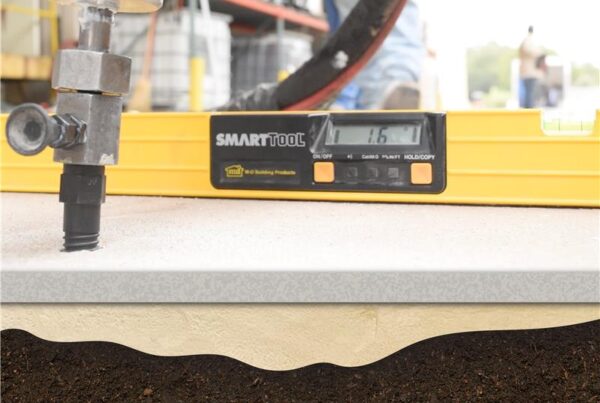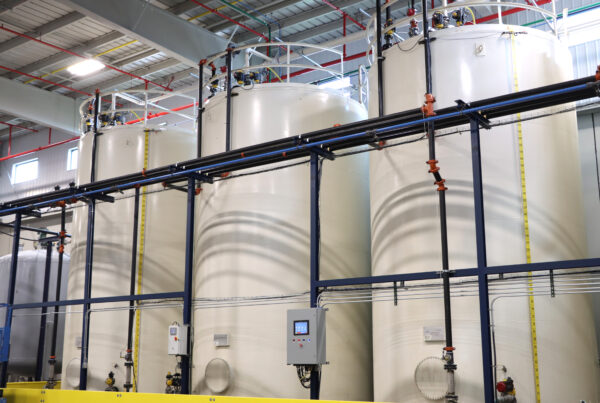Read the article about Ecomate environmentally benign foam Blowing Agent from Polyurethane Magazine as a pdf here
Blowing Agent Information
What is ecomate blowing agent?
Ecomate is a revolutionary yet economical blowing agent used in the production of polyurethane foam. It was developed by FSI and is available globally through our international locations including in Europe from foam supplies srl. It’s a unique and eco-friendly solution that has become an attractive alternative to traditional blowing agents.
Detailed Information:
- Composition: Ecomate is based on methyl formate, a naturally occurring substance.
- Environmental Impact: Unlike some traditional blowing agents, ecomate has 0-ODP (Ozone Depleting Potential) and 0-GWP (Global Warming Potential). It’s also VOC (Volatile Organic Compound) exempt, meaning it doesn’t contribute to smog or tropospheric ozone formation.
- Applications: Ecomate is used in various applications, including insulation, flotation, and structural support. It’s suitable for a wide range of products, from coolers to shipping containers.
- Regulatory Compliance: Ecomate meets all current and future regulatory requirements and is approved by agencies such as the USA EPA and SNAP (Significant New Alternatives Policy).
- Performance: Ecomate offers thermal efficiency comparable to other blowing agents and can be used with existing equipment, making it a cost-effective solution.
- Sustainability: As part of a family of polyurethane foam systems, ecomate aligns with global efforts to reduce harmful emissions and promote sustainable manufacturing practices.
In summary, ecomate is a blowing agent that provides an environmentally responsible option without sacrificing performance or increasing manufacturing costs. It represents a significant advancement in the field of polyurethane production, aligning with both environmental stewardship and industrial efficiency.
What does a blowing agent do?
A blowing agent is a substance used in the production of foam materials, such as polyurethane foam, to create a cellular structure within the material. Here’s how it works and what it does:
- Creation of Bubbles or Cells: Blowing agents introduce gas bubbles into the polymer matrix, creating a cellular structure. This is what gives foam its characteristic lightweight and insulating properties.
- Expansion: During the manufacturing process, the blowing agent expands, causing the liquid material to fill cavities of any shape or size. This expansion helps the material take the desired shape of the mold.
- Insulation Properties: The cellular structure created by the blowing agent provides excellent thermal insulation. The trapped gas within the cells reduces the material’s ability to conduct heat, making it an effective insulator.
- Reduction of Weight: By creating a cellular structure, blowing agents reduce the density of the material, making it lighter without sacrificing strength. This is particularly valuable in applications where weight is a critical factor.
- Enhancement of Other Properties: Depending on the type of blowing agent and the material being foamed, blowing agents can also enhance other properties such as sound insulation, cushioning, and buoyancy.
- Environmental Considerations: Modern blowing agents are often designed to minimize environmental impact. For example, some are formulated to have zero ozone depletion potential (ODP) and low global warming potential (GWP).
- Types of Blowing Agents: There are various types of blowing agents, including physical and chemical. Physical blowing agents are gases or volatile liquids, while chemical blowing agents decompose to release gas during the process.
In summary, a blowing agent plays a crucial role in the production of foam materials by creating a cellular structure that imparts specific properties such as insulation, weight reduction, and environmental compliance. Whether used in construction, packaging, or other industries, blowing agents are essential to the functionality and performance of foam products.




